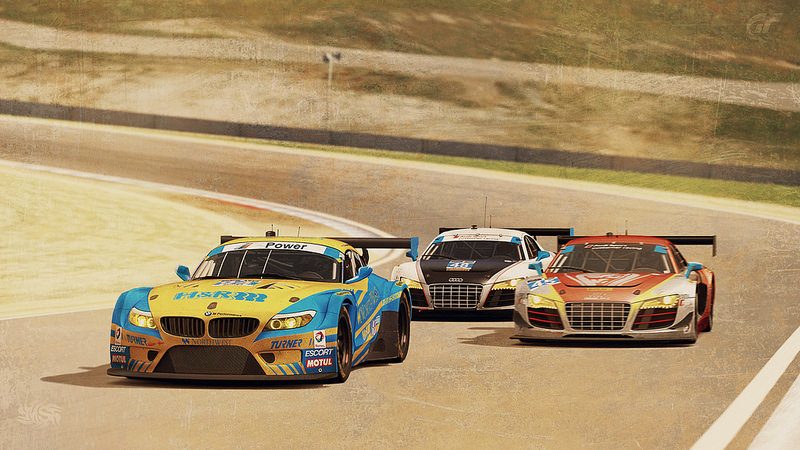 Turner Motorsports BMW Z4 GT3 2014 Laguna Seca
Turner Motorsports BMW Z4 GT3 2014 Laguna Seca by
Metalsun1, on Flickr
For more insight on how I did this, visit my GT Planet GT6 gallery.
Surprise endings continue to happen. This time, at
Mazda Raceway Laguna Seca, in the 3rd round of the
2014 TUDOR United SportsCar Championship in the GTD category. The #45 Flying Lizards Motorsports AUDI R8 LMS was set for a win starting from the pole position. After a 2nd yellow flag, 34 minutes into the 2 hour race, many teams came in for a driver change and a splash of fuel. A 3rd yellow flag opportunity never materialized. In a strategy move 1 hour into the race, the Turner Motorsport #94 pitted again for fuel, out of sequence, to take their car to the finish. The Flying Lizards’ pit strategy had the car skip the stop and continue on racing while conserving fuel. Then the surprise. In the last lap, above the “Corkscrew” turn, the #45 ran out of “fumes”. Eventually, giving way for the
Turner Motorsport #94 BMW Z4 GT3 driven by Dane Cameron and Markus Palttala, who were 11 seconds behind from P10,
to take their first checkered flag (fast forward to 1:38:00) of the 2014 season.
Update: After 8 races into the series the
#555 AIM Autosport (now with a modified livery) still leads in in the GTD championship by 2 points.
Update 2: The Turner Motorsport #94 BMW Z4 GT3 became the 1st GTD team to repeat a win in the series after reaching the checkered flag first at Watkins Glen. Now with 3 wins, the team is 3rd in the championship.



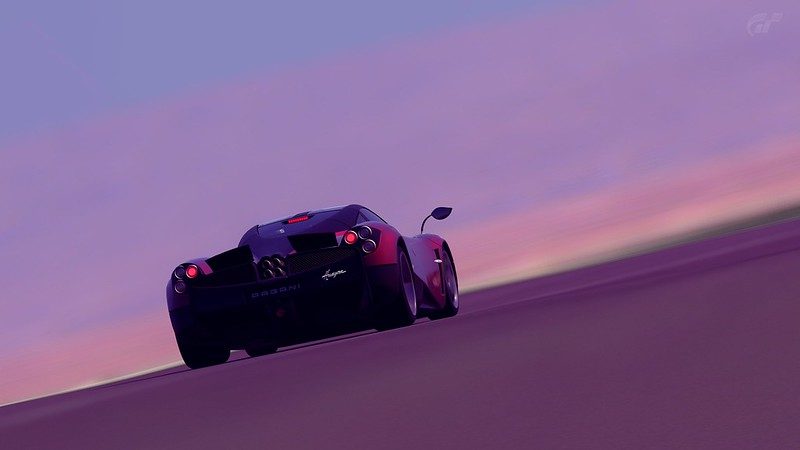










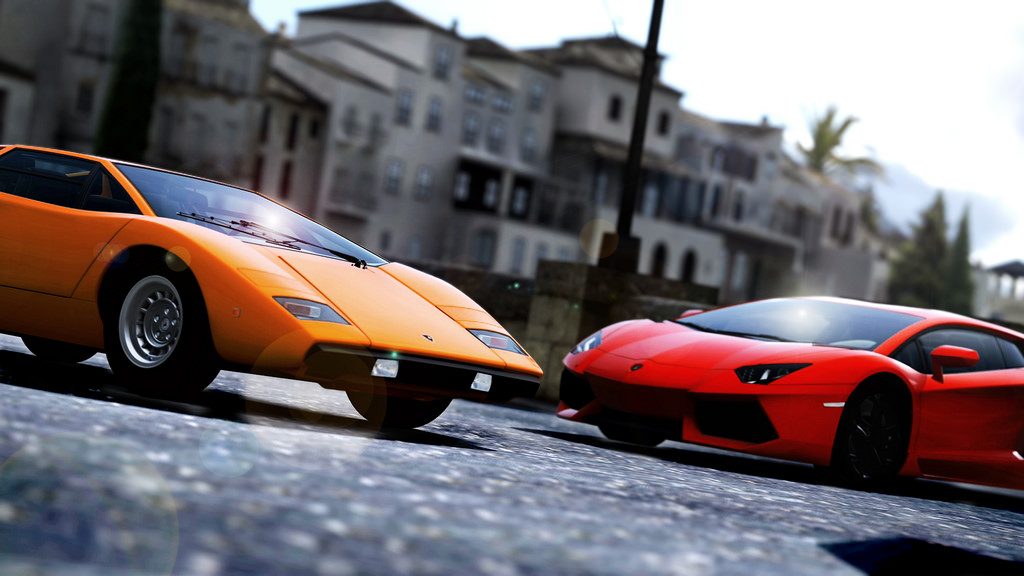




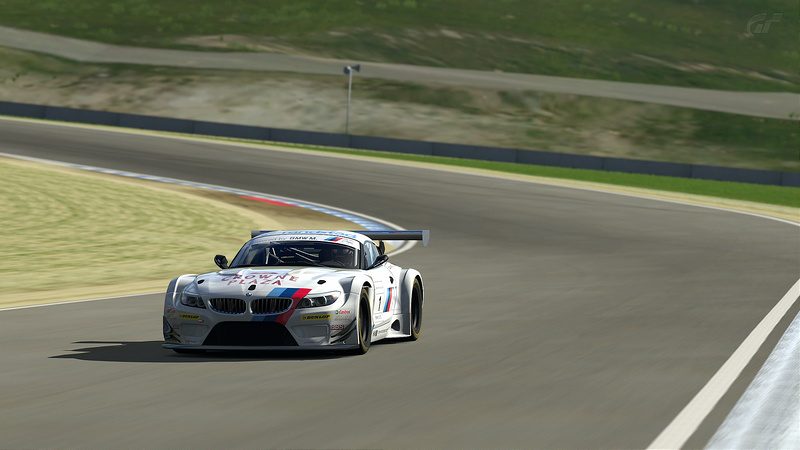
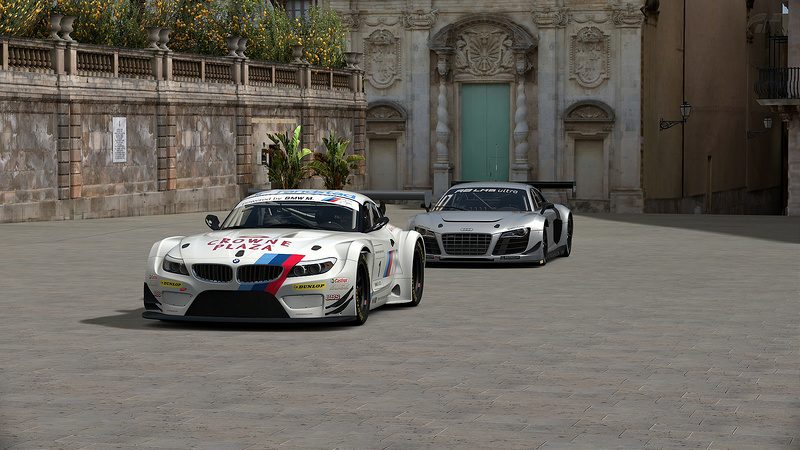
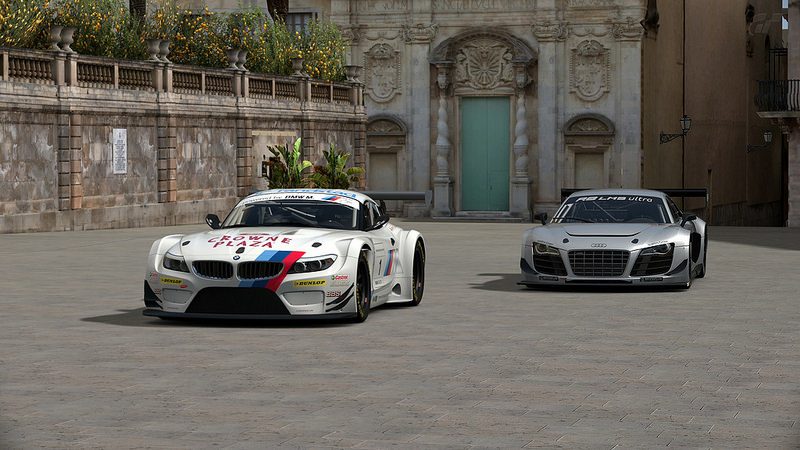
 Turner Motorsports BMW Z4 GT3 2014 Laguna Seca
Turner Motorsports BMW Z4 GT3 2014 Laguna Seca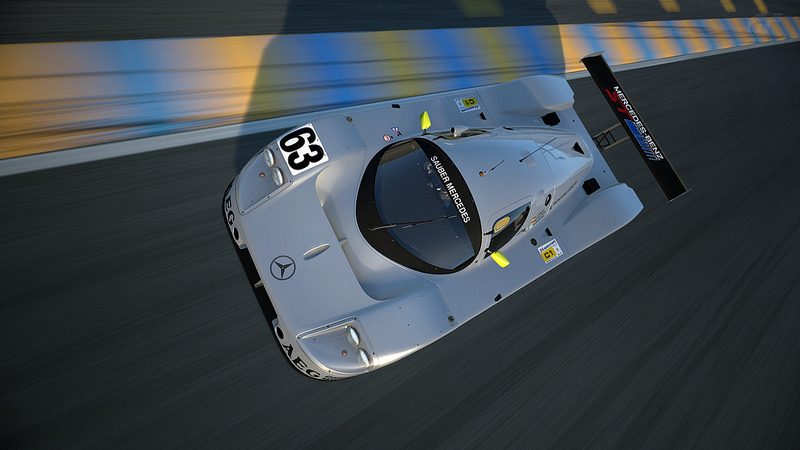
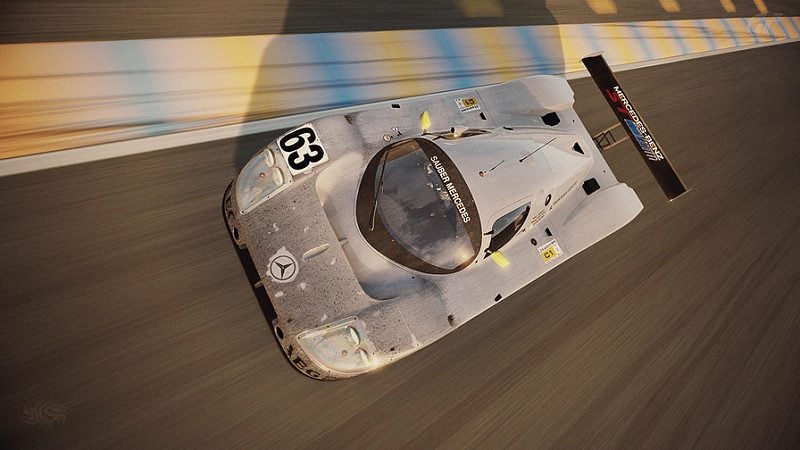 Sauber Mercedes C9 1989 24 Hours of Le Mans
Sauber Mercedes C9 1989 24 Hours of Le Mans
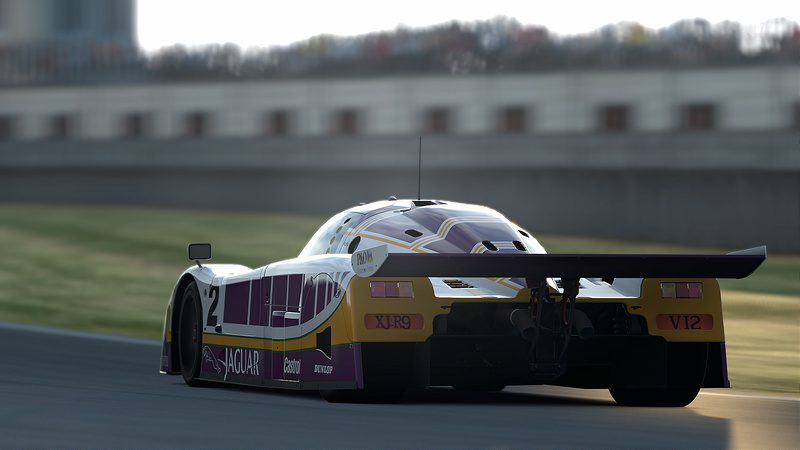
 Jaguar XJR-9 1988 24 Hours of Le Mans
Jaguar XJR-9 1988 24 Hours of Le Mans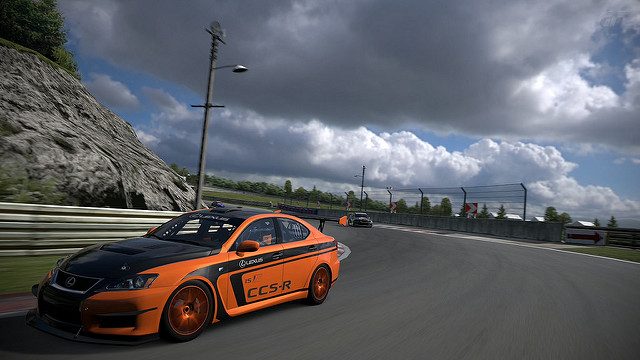
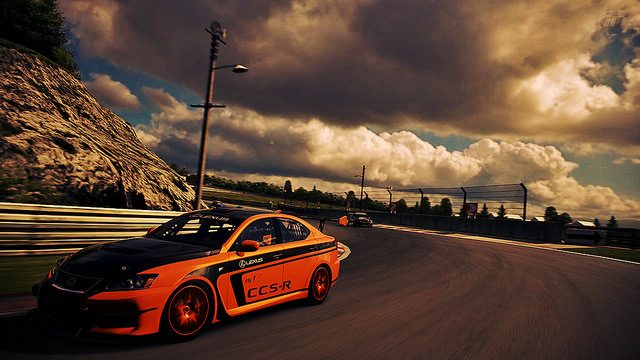

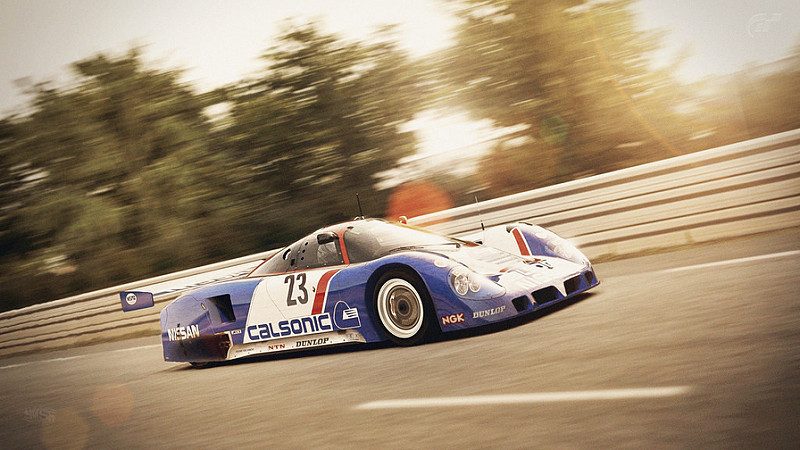 Nissan R89C 1989 24 Hours of Le Mans
Nissan R89C 1989 24 Hours of Le Mans






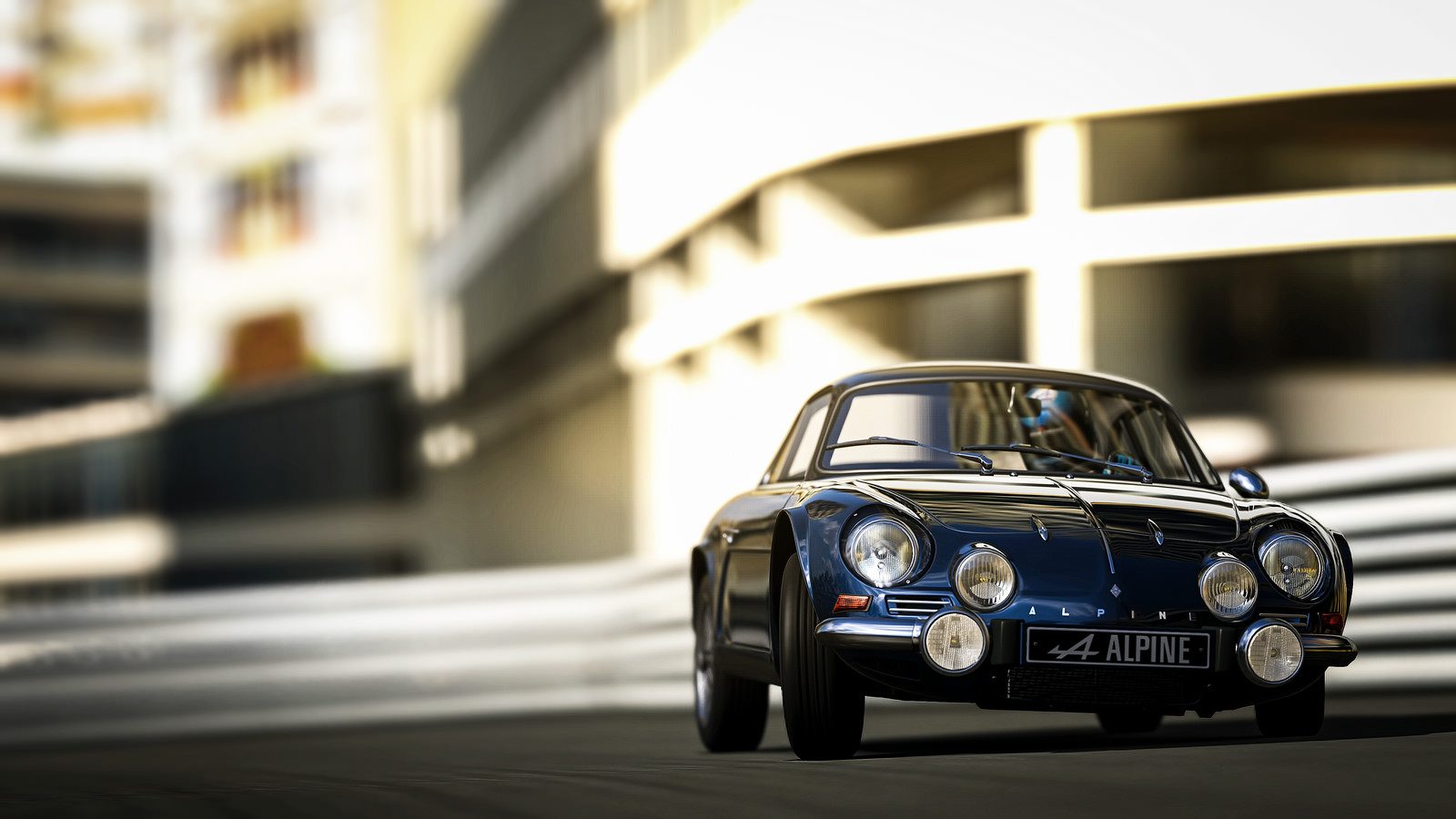









 Peugeot 905 EVO 1B 1992 24 Hours of Le Mans
Peugeot 905 EVO 1B 1992 24 Hours of Le Mans